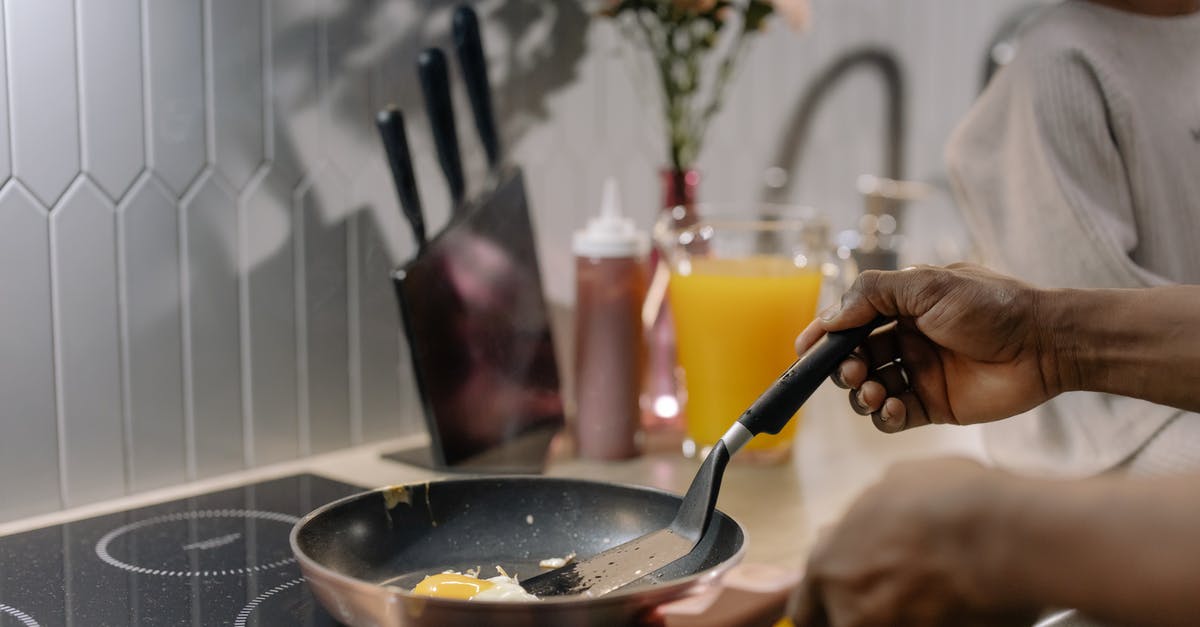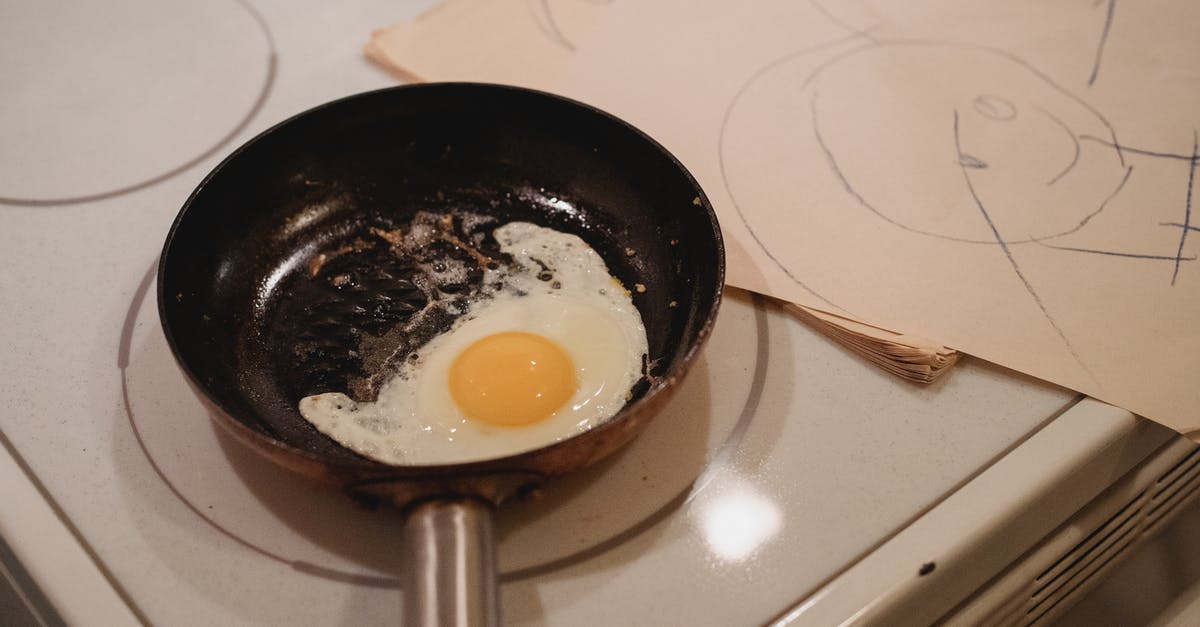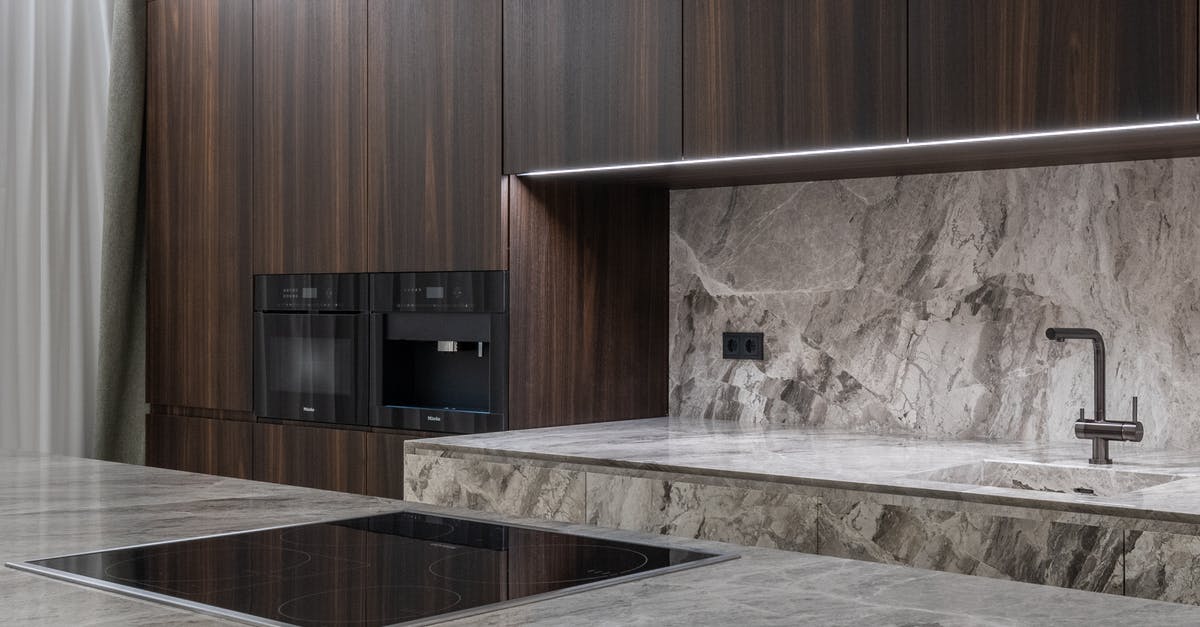Frying with Induction Stovetop

My electric oven died about six weeks ago and, in the meantime, I've been using a 1500 W single burner hot plate. I have proper pans for induction but I can't get certain things to fry properly. For example shrimps or scallops in olive oil. I like them to become crusted golden on the outside but all I seem to get are droopy wet shrimps. The juices that normally cling to the seafood stick to the pans (I've tried many) instead of to the fried food.
It's hard for me to believe that I haven't the right tools or the right temperature. I'm suspecting that induction somehow works differently than electric in terms of how the heated pan acts on the food. (I have a basic understanding of how induction burners work.)
Any information about this would be appreciated.
BTW, in all other respects, I find induction cooking faster and more convenient (no need to remove the pot from the stove when cooking ends; simply turn off the unit).
Best Answer
Induction just heats the pan using magnetism. Aside from very high efficiency, it isn't so different from any other method, and how hot the oil gets is an issue of power output and heat transfer/conductivity of the pan itself. There isn't an appreciable difference in how the physics work inside the pan.
Clearly your oil is not hot enough for frying/sautéeing. Most induction cooktops say they draw at least 1000 W to produce temperatures in the 350-400° F range, which is a somewhat typical frying temperature, being just at or below the smoke points of most oils. However, that number is based on a lot of assumptions, and 1500 W is not necessarily a generous margin of error for a portable hot plate. A lot of things could prevent you from reaching even a modest 400° F:
The pan is too dense. Are you using cast iron? It responds well to induction but the thermal resistance is also a lot higher.
The pan is very large and/or you're stuffing a lot of food into it, a result of which could be that the heat is escaping faster than the hot plate can pump it out.
The pan does not actually have the right amount of magnetic permeability for high-heat cooking. A magnet may stick to it, but how hard does it stick? If there isn't a very strong attraction - i.e. you have to put some effort into pulling off a permanent magnet - then you're not getting anywhere near the efficiency the unit was designed for, and even the full 1500 W may not be enough to reach the desired temperatures.
The cooktop is not really pulling in the full 1500 W, either due to a poor power source or simply poor design. Some manufacturers might quote 1500 W as a peak in order to sell more units, knowing full well that they can't sustain more than about 60% of that. If you've got a power meter (e.g. Kill-A-Watt), plug it in and see how much it's really drawing.
There are some portable induction cookers that go up to 1800 or even 2000 W, which is the bare minimum for the large element on an electric or induction stove (2500 W is typical for those). If you want to use a portable hot plate for high-heat cooking, check your pans very carefully, don't overcrowd them, and if all else fails, you might just need a better hot plate.
Pictures about "Frying with Induction Stovetop"



Quick Answer about "Frying with Induction Stovetop"
Induction cooktops should be ideal for deep frying. If you've ever deep fried food over a gas burner, you know that while the heat level stays the same, the temperature of the oil continues to rise, so you need to continually adjust the heat to try to maintain a steady temperature.Why I Cook With Induction
More answers regarding frying with Induction Stovetop
Answer 2
I have been cooking on induction stoves for several years now, and I RTFM.
The temperature numbers you get are from a sensor just below the glass. They are !not! the temperature of the food inside the pan.
If you need the real temperature of the pan, use an infrared thermometer.
I usually use the numbered setting of my stove, which is a linear increase in wattage (so level 10 is 2000 watts, and level 9 is something like 1850 watts). The temperature one is a bit counterintuitive to me after years of cooking on normal stoves.
The temperature setting still has its uses. The good thing about the temperature setting is that it is connected to a PID controller. So, while the temperature shown at the stove interface is incorrect (at least if you expect it to be the temperature of your food), it is indeed kept stable within very narrow limits, and this also corresponds to a stable temperature inside the pan. So, for foods which require a steady temperature, I choose a temp setting of the stove which will produce some pan temperature in the range I need, and let it there. If, for a given pan, food type and amount of food, this setting turns out to be in the correct range, it can spare me a double boiler - e.g. for mayonnaise. The problem is that the temperatures are spaced at 20 centigrade apart, so if the "80" setting heats my eggs to 68 and the "100" setting heats my eggs to 88, I can't use it to achieve an end temperature in the 72-75 range, which is optimal for mayonnaise.
The above explanation was to tell you why not to use the induction temperature numbers. Else I agree with the possible causes Aaronut listed and won't go into them in detail.
Answer 3
I agree that the plate was probably not set hot enough and that they make a best guess about how hot the pan is (perhaps by measuring the temperature at the middle where the pan sits and guessing the differential between there and the cook surface inside the pan). The only way one of these is going to give true temperature control inside the pan is to have a sensor that you put inside the pan or a remote sensing thermometer pointed at the pan, neither of which I believe is likely to ever happen.
I'm new to the induction cooking arena despite wanting one for ages and having a compatible cookset for well over a decade.
Sources: Stack Exchange - This article follows the attribution requirements of Stack Exchange and is licensed under CC BY-SA 3.0.
Images: cottonbro, Kamaji Ogino, Kunno Jayson, Max Vakhtbovych
